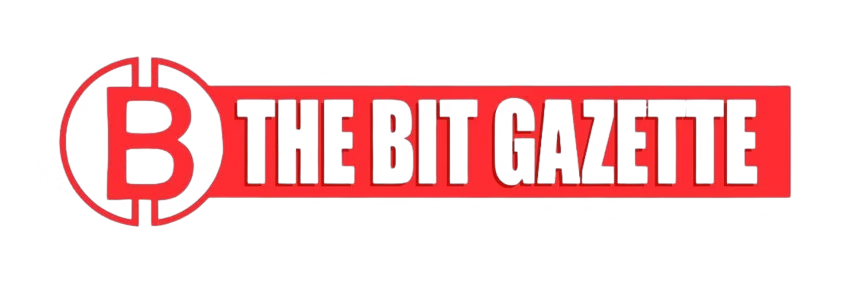San Francisco-based fintech Slash has officially launched a U.S. dollar crypto stablecoin payment platform, marking its neobank stablecoin debut in partnership with Stripe’s Bridge. The new treasury solution allows global businesses to store, send, and receive U.S. dollars and stablecoins in a single account—without needing a traditional U.S. bank account.
The platform, branded the Global USD Account, allows companies to store, send, and receive U.S. dollars and stablecoins from a single account, leveraging Slash’s proprietary crypto stablecoin payment token, USDSL. Issued via Stripe’s Bridge infrastructure, USDSL aims to cut down on cross-border settlement delays and eliminate foreign exchange (FX) fees—two of the biggest pain points for international businesses.
“International suppliers often face unnecessary friction accessing U.S. dollars. Our goal is to eliminate that,” said Kevin Bai, Co-founder of Slash. “The neobank stablecoin debut is not just a feature; it’s a rethinking of global financial access.”
Stripe’s Bridge and the rise of stablecoin infrastructure
This move comes amid a boom in stablecoin adoption, especially following the recent enactment of the GENIUS Act, signed into law by President Trump earlier this year. The legislation introduced standardized federal regulation for stablecoin issuers, creating a clearer path for fintech innovation in this space.
Stripe’s acquisition of Bridge—a $1.1 billion deal completed in late 2024—has proven pivotal. Bridge now serves as the issuing entity for USDSL, giving the token added compliance credibility and backend robustness.
“Subsidizing crypto mining risks distorting energy markets,” said an IMF spokesperson, commenting on a broader trend toward government scrutiny. “But stablecoins, especially those backed by sound infrastructure and regulatory compliance, may provide much-needed modernization for international payments.”
In the wake of Stripe’s and PayPal’s deeper moves into stablecoin integration, companies like Amazon and Walmart are reportedly experimenting with internal crypto stablecoin payment pilots for supply chain transactions, according to industry insiders.
Stablecoin demand rising among non-crypto businesses
Though Slash initially distanced itself from the crypto sphere, market needs told a different story. Victor Cardenas, Slash’s other co-founder, noted that their earliest push into stablecoin payments was customer-driven.
“It’s super interesting because we were very much not a crypto company,” said Victor Cardenas, Co-founder, Slash. “But wholesalers and marketing agencies started telling us: ‘We need stablecoin payments to accept money at lower cost.’ So we shipped it for them.”
What began as a small add-on feature in December 2024—enabling automatic conversion of USDC and USDT to U.S. dollars—has now grown into a key revenue stream. That product alone processes nearly $1 billion in annualized volume, prompting Slash to expand its treasury tools.
The neobank stablecoin debut now positions Slash to serve crypto-native businesses as well. These companies, often managing multiple accounts across banks, exchanges, and custodians, can now streamline operations under one roof—handling conversions, balance management, and even off-ramping to traditional U.S. banking channels via ACH, SWIFT, or wire transfers. It marks a leap in the utility of crypto stablecoin payment systems for both traditional and Web3 players.
What’s next: yield, cards, and multi-asset wallets
With new stablecoin tools in place, Slash is already looking ahead. According to Cardenas, upcoming features include a card product for spending stablecoin balances directly, as well as a crypto wallet to store additional digital assets.
Perhaps most notably, the platform allows users to earn yield on their balances without breaching securities laws, thanks to the structured nature of USDSL and Bridge’s regulatory-first framework.
“The infrastructure behind this neobank stablecoin debut opens up massive potential,” said Rachel Lin, a fintech analyst at Delphi Digital. “If they execute well, Slash could become the default treasury solution for global Web3 and Web2 businesses alike.”
Earlier this year, Slash secured $41 million in Series B funding, led by Goodwater Capital, giving the company a valuation of $370 million. The war chest will fuel product development and market expansion, with Asia, Latin America, and Europe on the horizon.
A model for global financial inclusion?
As crypto stablecoin payment adoption becomes more central to international finance, Slash’s approach may serve as a case study in how fintech can democratize access to strong currencies like the U.S. dollar—without the red tape of traditional banking systems.
The neobank stablecoin debut marks not just a product launch, but a potential pivot point in how businesses transact across borders. With Stripe’s Bridge providing regulatory assurance and scalable infrastructure, Slash appears well-positioned to disrupt a global system that has long favored incumbents and intermediaries.
“We’re just getting started,” said Bai.











